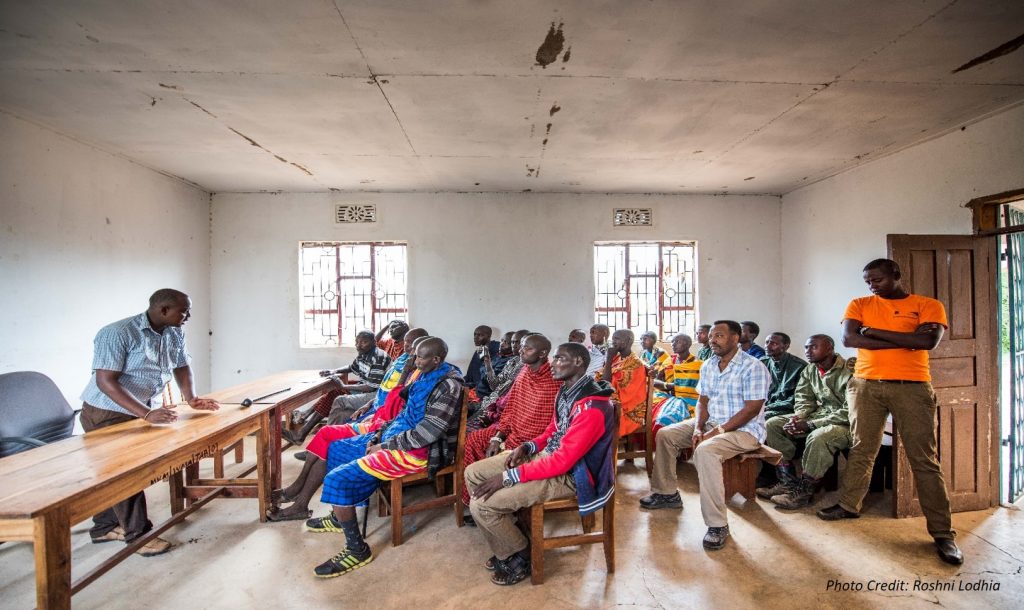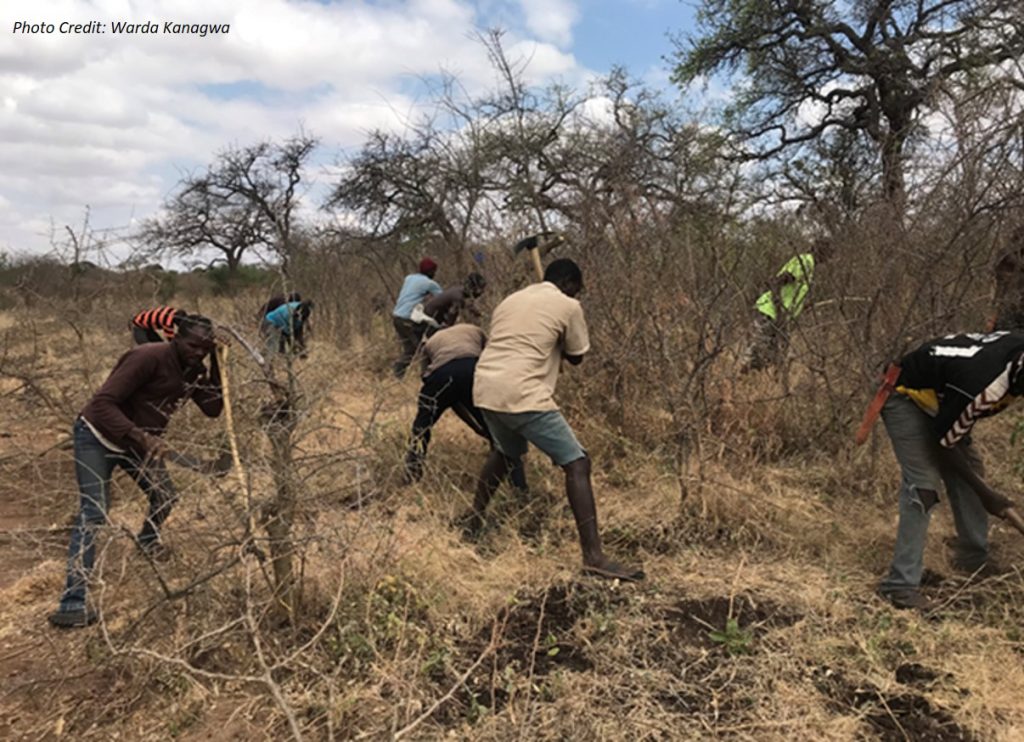
Climate change impacts continues to loom as a major threat and uncertainty that has and will continue to add to the challenge of ensuring healthy and resilient systems across the globe.
Six years ago, in 2015, ABCG’s Global Change Impact working group began the process of understanding how communities are impacted by, and responding to climate change. The study was carried out in 10 countries in sub-Saharan Africa and revealed that these communities, like in many other parts of the world, are being negatively impacted by the effects of changes in weather and climate. Faced with these severe impacts, communities are finding ways of adapting and responding to climate change to reduce the harsh impacts of climate change on their livelihoods. As these communities adapt, the impacts to biodiversity need to be understood.
The study results showed that 35% of the adaptation responses conducted by local communities have a negative impact on biodiversity. Adaptation responses such as, increasing farm size by encroaching to natural habitats and overexploitation of resources are damaging to the ecosystem. Further, these responses are spontaneous and limit the community’s ability to adapt to long-term climate changes.
In Tanzania the impacts of climate change are driving extreme weather events such as drought and flooding, contribute to soil erosion, loss of native species, and allowing invasive species and diseases to flourish. ABCG member, The Nature Conservancy (TNC), led and carried out surveys in a number of villages in the Moduli District of Northern Tanzania. TNC observed that the way community members are responding to climate change, for instance through seeking alternative livelihoods and migrating to other areas such as natural reserves contributes to indirect and negative impacts on biodiversity.
In northern Tanzania, the indirect impacts observed as result of responding to climate change include, habitat loss and degradation due to expansion of cultivation and activities such as overgrazing that are causing a reduction of wildlife and reduced livestock productivity. The grasslands of Northern Tanzania are famous for being home to, and supporting wildlife and livestock populations through grazing. These indirect effects to climate change on biodiversity affect the entire ecological system and therefore pose a major challenge in communities’ resilience to climate change. A rich and healthy biodiversity is an important defense in controlling and mitigating the negative impacts of climate change.
Invasive Species Threat
Survey results showed that the invasive species Dichrostachys cinerea was dominating 75% of grazing lands in northern Tanzania. This invasive species was affecting the landscape’s ability to provide integrated grazing lands for pastoralists and seasonal habitat for wildlife by degrading both grassland and soil. According to nature.org, “…when these non-native (invasive) plants establish themselves in our local ecosystems, they outcompete and dislodge species that have evolved specifically to live there.” These plants affect the ecosystem by degrading soils and decreasing forage.
Community Engagement in Adaptation Response
To help communities adapt to climate change while at the same time protect and preserve biodiversity, in 2019, ABCG together with community members and other stakeholders began identifying on the ground adaptation projects in these surveyed communities.
In Monduli District, northern Tanzania, TNC together with community members, local leaders and other stakeholders convened a series of workshops and meetings to discuss climate change threats, rank them and come up with adaptation projects to implement. This process offered an opportunity for the communities and local actors to have a say and co-create, with ABCG members, solutions that offer an opportunity to safeguard their livelihoods against the impacts of climate change while protecting biodiversity.
In an area whose economy is largely supported by livestock production, controlling invasive species was observed as a highly essential and priority intervention by the stakeholders. The main objective of the invasive species remediation project was to uproot Dichrostachys cinerea within 20-40 hectares in two communities. Other interventions that were prioritized in the area included, planting trees and grasses, and building a living wall to protect livestock from wildlife attacks.
Building Resilience in Communities

In 2020, community members and TNC started the process of mechanically uprooting the species. As at today, over 50 hectares in the project area has been cleared of the invasive species. These efforts have seen the reemergence of native grasses in the area which in turn will increase livestock productivity. Other benefits as a result of controlling invasive species include improving ecosystem resilience and soil protection.
Agricultural dependent communities are particularly vulnerable to climate change. The role of community members, village leaders and local actors who are directly and adversely affected by climate change in coming up with solutions to tackling climate change is critical in coming up with tailor made solutions that can be owned, and implemented together with them. This not only ensures that pressing community needs are addressed but it enables them to be part of the fight against climate change while owing the initiatives.
Tackling climate change will only be possible when we are able to maintain a rich and healthy biodiversity. ABCG is implementing these adaptation projects that so that both people and nature can thrive. These projects help build resilient communities as they adapt to climate change and safeguard their livelihoods while building a safer future for our generation and future generations.
Read related blog posts:

